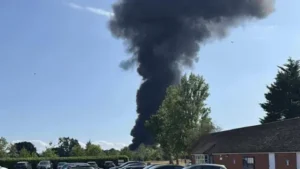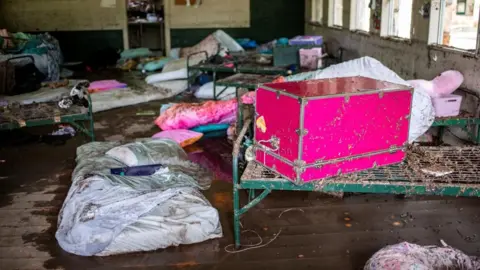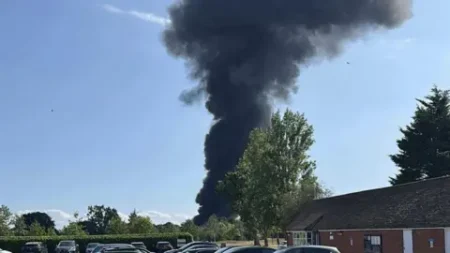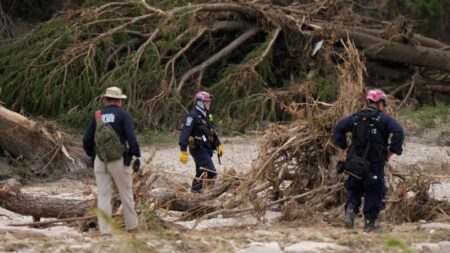In a recent report by various U.S. media outlets, including the New York Times and the Associated Press, it has come to light that significant regulatory oversights occurred concerning Camp Mystic, a popular summer camp located along the Guadalupe River in Texas. For years, federal regulators granted appeals that allowed numerous camp buildings to be removed from official flood risk maps, despite previous warnings regarding the possibility of severe flooding in the area—a situation that culminated in a tragic event where 27 children lost their lives during a catastrophic flood incident on July 4.
Originally, maps produced by the Federal Emergency Management Agency (FEMA) in 2011 classified Camp Mystic as being in a high-risk flooding zone. This is critical information, as these maps serve as vital tools that communities rely upon to understand the flood risks associated with various regions. However, following successful challenges against these designations, Camp Mystic was subsequently marked as a lower risk area, leading to a false sense of security regarding the camp’s vulnerability to flooding. While this development may have seemed beneficial for the camp at that time, subsequent events have highlighted the dire consequences of such exemptions.
Investigative reports suggest that FEMA’s flood maps indicated certain camp cabins existed within designated boundary zones referred to as “floodways,” which are regions expected to be heavily impacted by floodwaters. Additionally, some cabins were recognized as situated within broader areas that were anticipated to flood once every century. Such classifications necessitate mandatory flood insurance and more stringent regulations for construction to mitigate flood damage risk—a protocol that has not been adhered to following the appeals by Camp Mystic.
The ramifications of the camp’s exemption from flood risk regulations became tragically evident when a severe storm led to a rapid influx of water that devastated the camp and its occupants early that July morning. The floodwaters rushed through the facility, leading to the deaths of many young campers. In total, the calamity took the lives of at least 27 young girls, demonstrating a profound negligence not only in regulatory oversight but also concerning the safety measures in place for a facility intended for children’s use.
This oversight has raised significant concerns amongst experts and included voices from academia, such as Sarah Pralle, an associate professor at Syracuse University. She expressed her bewilderment at the decision to exempt a riverside camp from serious flood risk considerations, particularly one that accommodates children. Pralle emphasized that safety measures should far exceed merely meeting the minimum regulatory requirements, especially in environments prone to natural disasters.
Murmurs of concern have not been limited to the expert community. They have also ascended to the political arena, where President Donald Trump visited the affected areas in Texas shortly after the tragedy. Trump made pledges to assist families in rebuilding their lives and properties destroyed by the flood, stating, “I’ve never seen anything like it.” However, his comments drew criticism, particularly when he dismissed inquiries regarding preemptive actions that could have been taken to safeguard campers, labeling them as insensitive.
The events surrounding Camp Mystic expose a critical need for a reevaluation of existing flood risk assessments and regulations associated with recreational areas, especially those frequented by vulnerable populations such as children. With ongoing recovery efforts in Texas and the loss of numerous lives, the importance of proactive measures and stringent safety protocols cannot be overstated.
As this tragic event continues to evolve, it will hopefully serve as a catalyst for reform in how regulations are applied, ensuring that such oversights are rectified to prevent future disasters. The loss of lives, especially young lives, serves as a stark reminder of the fragility of safety frameworks in the face of natural disasters, provoking necessary discourse about the synergy between policy and community safety.











